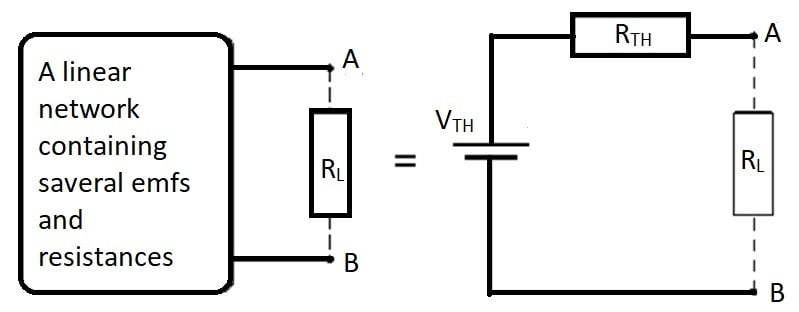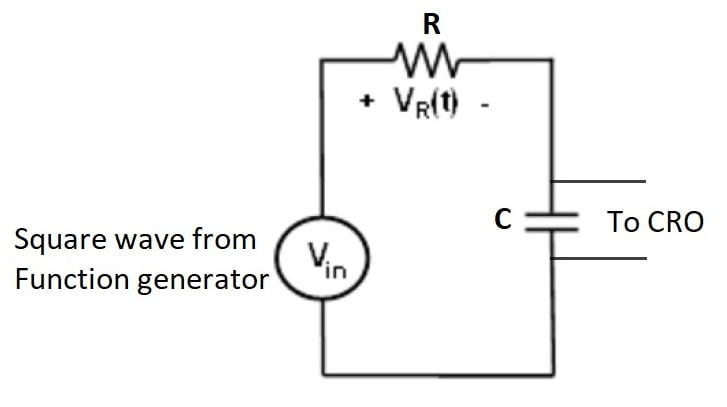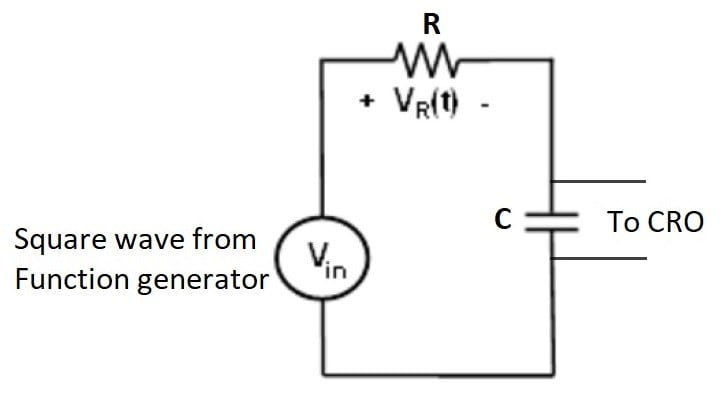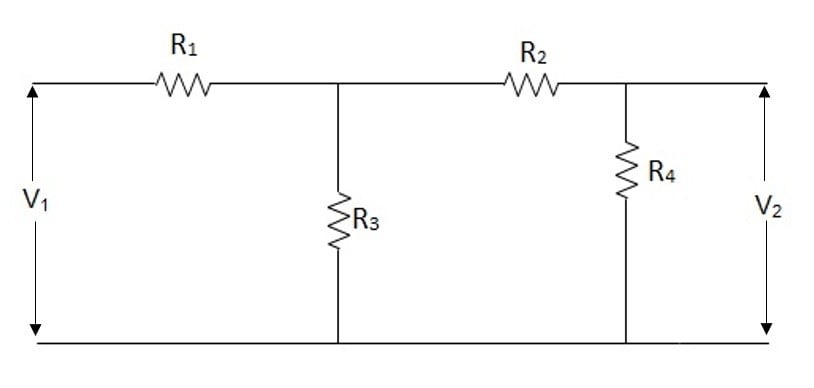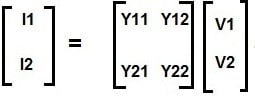Table of Contents
ToggleAim
Verification of Thevenin’s theorem
Apparatus
Breadboard, Batteries or DC regulated power supply, Resistors, Digital multimeter, Connecting wires, Alligator clips, Computer and Multisim software for simulation.
Theory
Thevenin’s theorem is used to convert a complex network into a simple network consists of a voltage source in series with a resistor and load resistor.
Statement
- “Any linear circuit containing several voltages and resistances can be replaced by just one single voltage in series with a single resistance connected across the load”.
- It is possible to simplify any complex electrical circuit, to an equivalent circuit with just a single constant voltage source in series with a resistance (or impedance) connected to a load.
Procedure to convert the given network into Thevenin’s equivalent circuit
- Find the Thevenin source voltage (VTH) by removing the load resistor from the original circuit and calculating the voltage across the open connection.
- Find the Thevenin resistance (RTH) by removing all power sources in the original circuit (voltage sources shorted and current sources open) and calculating total resistance between open connection points.
- Draw the Thevenin’s equivalent circuit, with the Thevenin voltage source in series with the Thevenin resistance and load resistance.

4. Find voltage or current for the load resistor.
Circuit Diagram
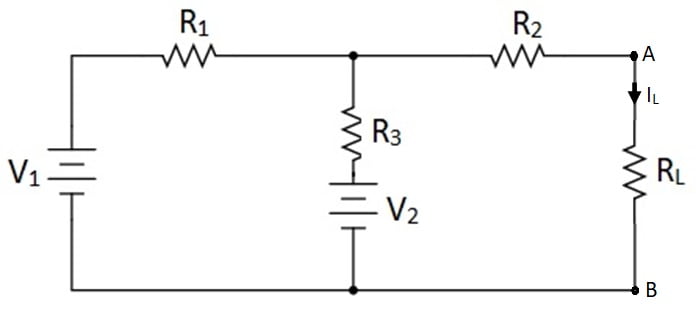
[Preferably chose R1= 2KΩ, R2= 450Ω, R3= 1kΩ and RL=300Ω, V1= 12V and V2= 9V.]
Procedure
- Connect the circuit as shown in the figure 3.
- Measure and note down the current flowing through load resistor RL.
- Remove the load resistor RL from the circuit and measure the voltage across the terminals from which the resistor RL is removed (between A and B), shown in figure 4. This is voltage VTH.
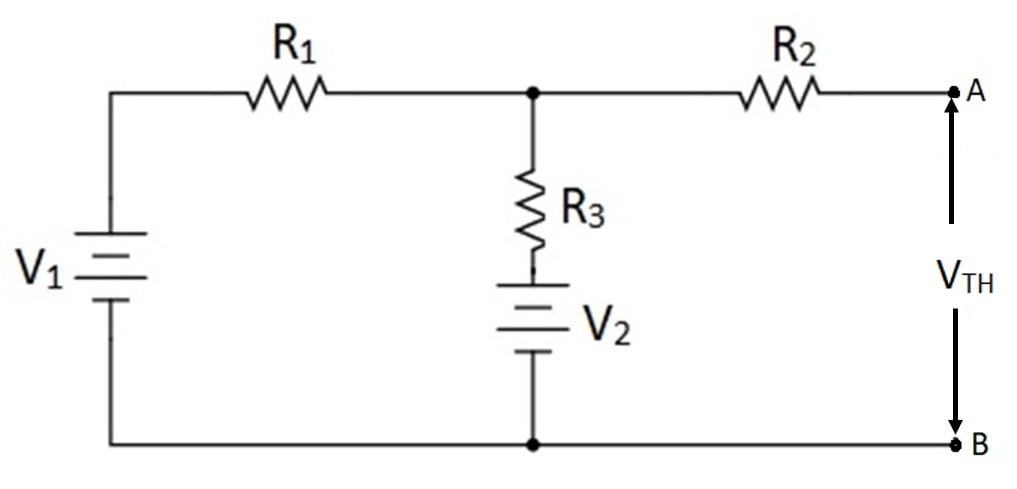
4. Replace the sources with their internal resistances (with removed RL) as shown in figure 5. Measure and note down the equivalent resistance across the terminals from which the resistor RL is removed (between A and B). This is resistor RTH.
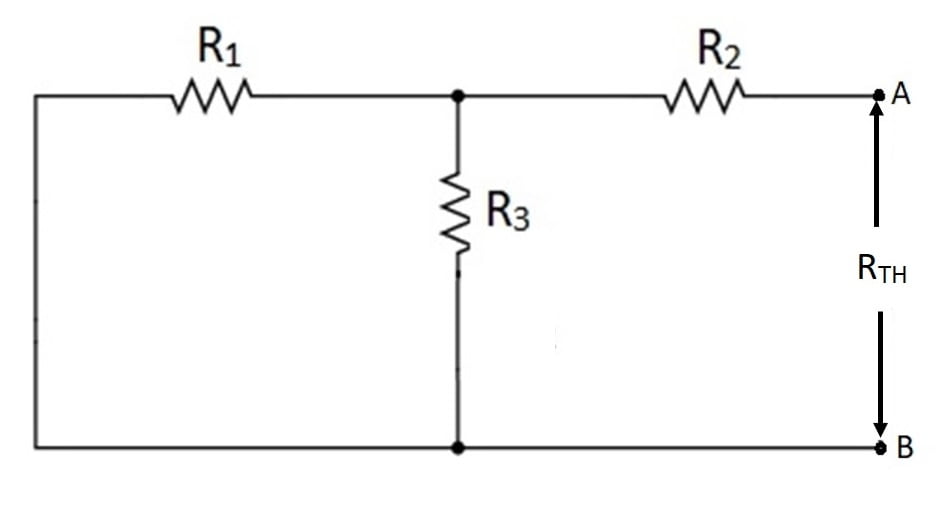
6. Now, convert the given network into Thevenin’s equivalent network and make the connection as shown in the figure 6.
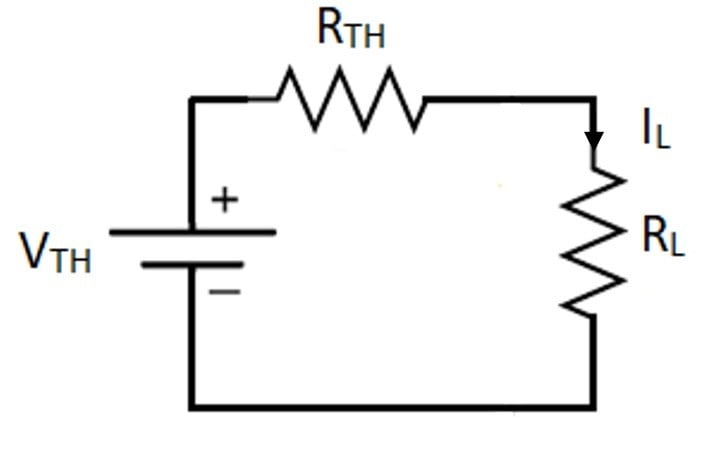
6. Measure and note down the current flowing through resistor RL.
Precautions
- All the connection should be tight.
- Ammeter must be connected in series while voltmeter must be connected in parallel to the components (resistors).
- Before circuit connection working condition of all the components must be checked.
- The electrical current should not flow the circuit for long time, otherwise its temperature will increase and the result will be affected.
Observation table
Sr. No. |
| RTH | VTH | IL |
1. | Theoretical |
|
|
|
2. | Practical |
|
|
|
Calculations
R1=_____ Ω
R2=_____ Ω
R3=_____ Ω
V1 =_____V
V2 =_____V
[calculate IL from figure 3]
[calculate VTH from figure 4]
[calculate RTH from figure 5]
The current flowing through load resistor RL in Thevenin’s equivalent circuit (Fig. 6),
Result
Calculated value of current flowing through load resistor RL in circuit (Fig. 3),
IL= ______A.
Measured value of current flowing through RL in original complex circuit (Fig. 3),
IL= ______A.
Calculated value of current flowing through RL in Thevenin’s equivalent circuit (Fig. 6),
IL= ______A.
Measured value of current flowing through RL in Thevenin’s equivalent circuit (Fig. 6),
IL= ______A.
Conclusion
As the current flowing through the complex linear circuit and Thevenin’s equivalent circuit is same/nearly same. It can be determined that any linear network can be converted into Thevenin’s equivalent network.
That is “Any linear circuit containing several voltages and resistances can be replaced by just one single voltage in series with a single resistance connected across the load”. Hence Thevenin’s theorem is verified.
Video Tutorial on Thevenin's Theorem
Reference Video Tutorial for Calculation of Verification of Thevenins Theorem
Related posts:
- Verification of Nortons Theorem
- Verification of Kirchhoffs Laws
- Verification of Superposition Theorem
- Verification of Maximum Power Transfer Theorem
- Verify Z-Parameters of Two-port Network
- Verify Y-Parameters of Two-port Network
- Verify Hybrid Parameters of Two-port Network
- Study the transient response of a series RC circuit
- Study the transient response of a series RL circuit

